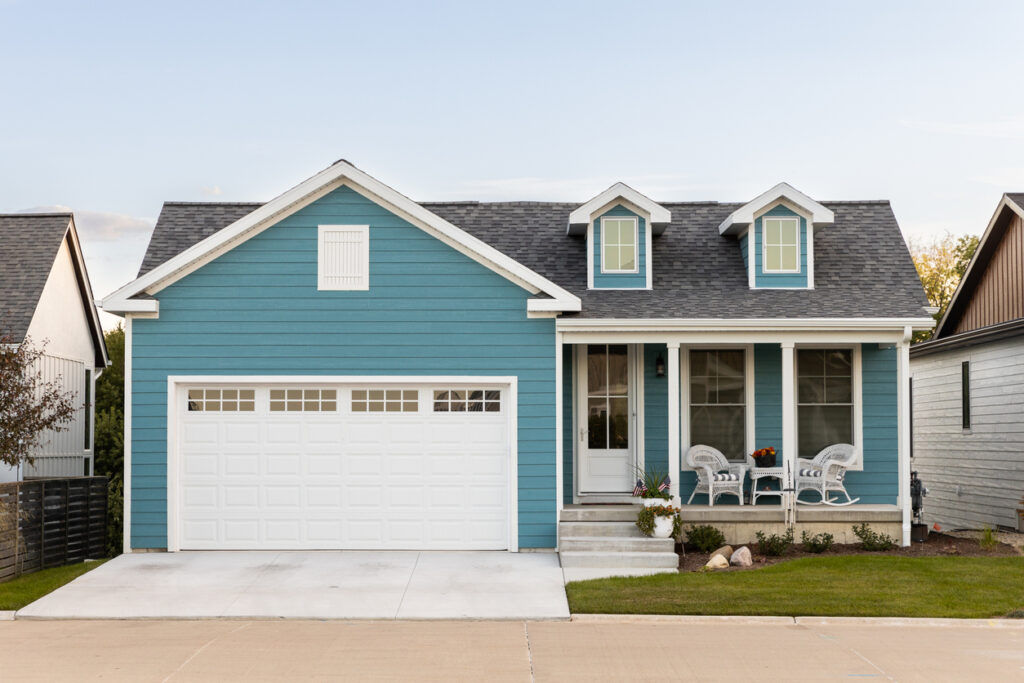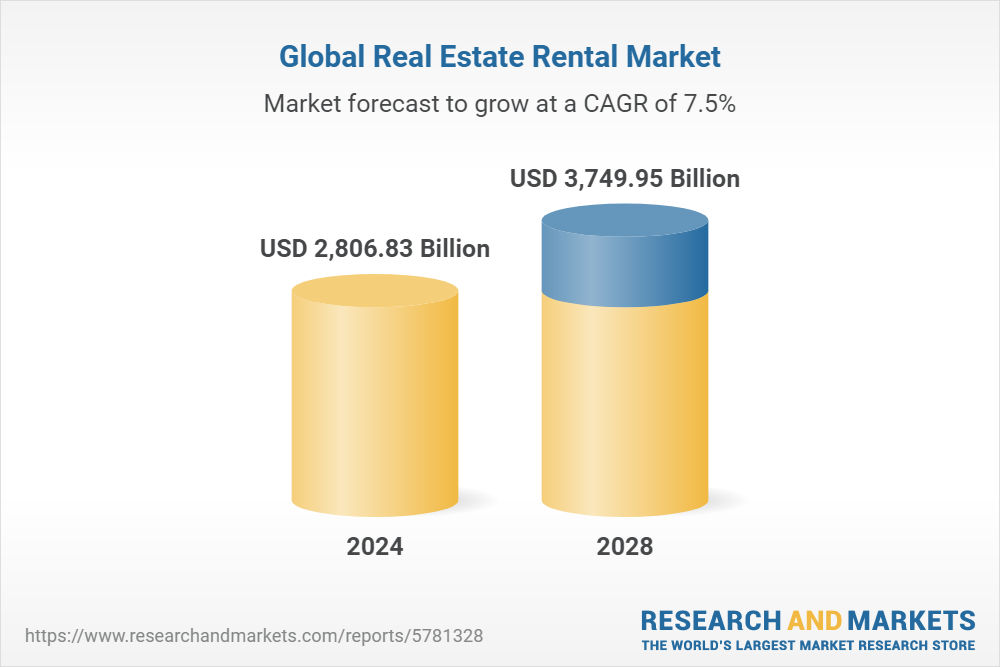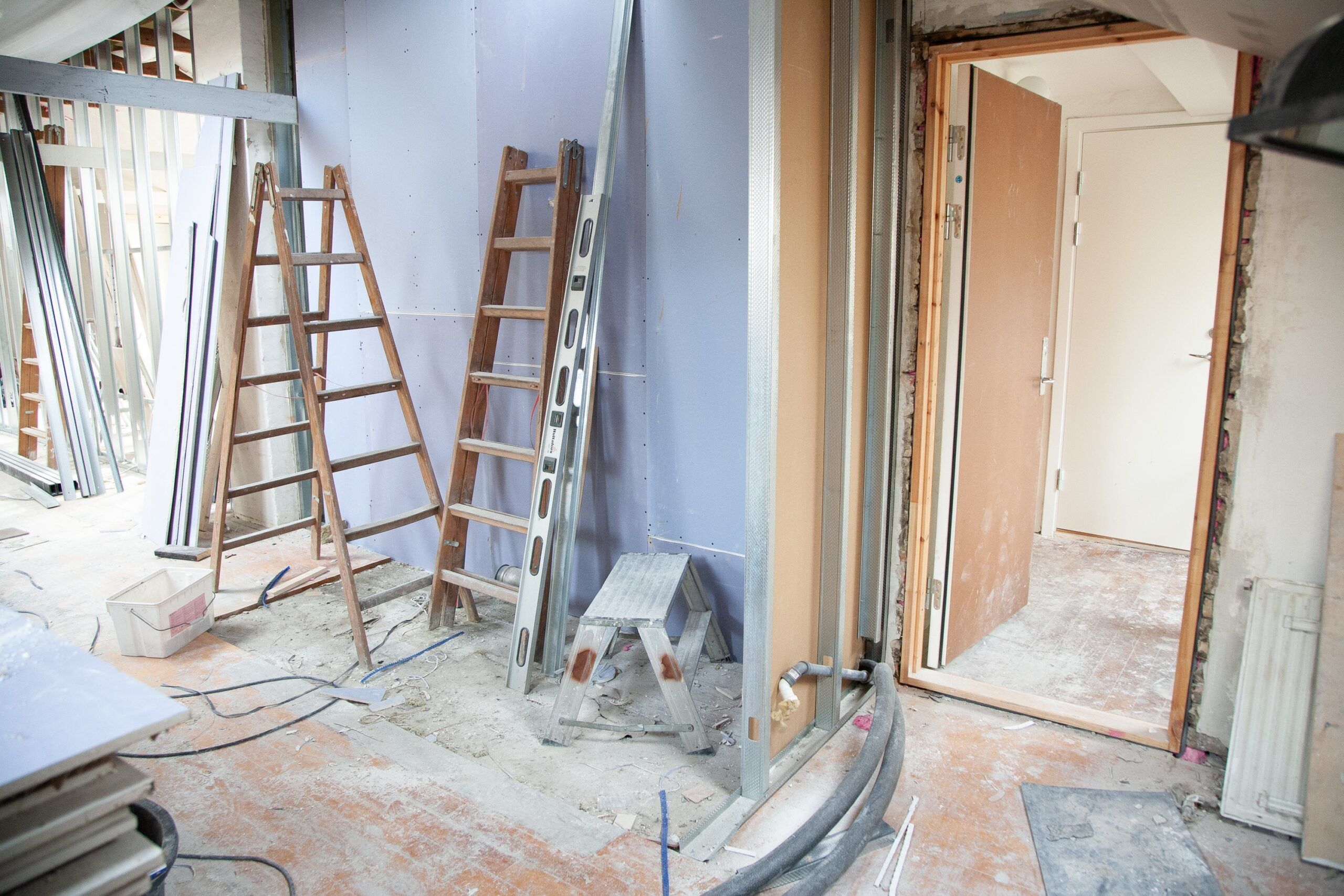Why Investors Are Shifting to Mid-Term Rentals in 2024
Click here to browse our Real Estate Agent Directory and contact top-rated agents in your area!
The mid-term rental business has begun to increase in popularity due to its potential benefits, profitability, and stability. Mid-term rentals offer a unique solution for individuals seeking accommodation for durations longer than a traditional short-term stay but shorter than a typical lease agreement. Combining the flexibility of short-term rentals with the stability of longer leases, mid-term rentals cater to a diverse range of needs, from professionals on temporary work assignments to students attending semester-long courses.
With durations typically ranging from one to six months, these rental options provide tenants with a comfortable and convenient living arrangement without the constraints of a lengthy commitment. Whether for work, study, or personal reasons, mid-term rentals offer a versatile housing solution in today’s dynamic rental market.
But as a real estate investor, should you opt for this?

What Is a Mid-Term Rental?
Mid-term rentals are residential properties that are leased for a duration that falls between short and long.
To further understand this real estate investment type, learn the rental differences below:
- A mid-term rental is a short-term agreement that lasts one to six months. It is best for those in transition or on temporary assignments who require medium-term accommodations.
- A short-term rental is temporary housing that lasts a few days to a few weeks. It is often ideal for short-term lodging, such as those provided by websites like Airbnb.
- A longer-term rental is almost permanent, typically lasting at least one year. Like regular lease arrangements, it provides tenants with stable and extended housing.

Mid-term rentals offer greater security than holiday rentals without the long-term commitment of a year’s lease. They have more accommodating leasing terms favorable to tenants in transition.
Some of the most popular mid-term rental platforms are:
- Airbnb is the most well-known website for vacation rentals. It offers a wide range of properties suitable for both short- and long-term stays. But it applies particularly to mid-term rentals.
- Vrbo is another popular website for holiday rentals. It offers properties like homes, condominiums, and flats, and accommodations range from a quick vacation to longer stays.
- Furnished Finder is a specialized platform for short and long-term furnished rentals. This platform is perfect for extended stays, short-term moves, and corporate housing.
- Sublet.com is an online classifieds site where people can find and list sublets. It’s also a viable option for prospective tenants looking for mid-term rentals.
- Corporate Housing by Owner links property owners directly with tenants looking for mid-term corporate housing options.
As an investor, you can allow for short and mid-term rentals on these websites. However, you can also choose to only accept mid-term rentals.
Top Reasons To Opt for Mid-Term Rentals in 2024
Research and Markets predicts the real estate rental market to grow from $2,601.92 billion in 2023 to $2,806.83 billion in 2024 at a 7.9% compound annual growth rate (CAGR). The report also cites it may reach $3,749.95 billion by 2028, at 7.5% CAGR.

Business owners should consider investing in vacation rentals, particularly in mid-term rentals. Why?
Mid-term rentals are becoming increasingly popular in 2024 and are predicted to grow in desirability in the future. Think of its flexible offerings by balancing short- and long-term housing options. However, there’s more to this potential benefit than meets the eye.
As a real estate investor, here’s why you should opt for mid-term rentals this year:
1. They offer rental flexibility to investors
There are simple ways to invest in real estate, including a rental business. Mid-term rentals are becoming increasingly popular because they appeal to those in between life stages like students studying or professionals working short-term while looking for a transient place to stay.
Tony Mariotti, CEO at RubyHome, highlights the flexibility of mid-term rentals compared to short- and long-term rentals.
Mariotti explains, “Short-term rentals can be expensive, while long-term leases can be too restrictive. However, mid-term rents strike a balance between reasonable costs and definite end dates. They are all about giving people the flexibility they require in today’s fast-paced environment.”
2. They allow for market adaptability
Mid-term rentals are highly flexible, allowing you to adjust the rental agreements. They let you keep up with consumer preferences impacting the housing market, such as the sharing economy and the gig economy. Mid-term rentals let you adapt to changing market conditions and capitalize on opportunities.
By modifying rental rates or providing new amenities, you can meet renters’ needs, whether remote workers or city dwellers searching for mid-term stays. But while at it, offer insurance for contractors who are renovating and upgrading your properties for protection. That way, they can help you keep up with the real estate trends for your rental properties.
3. They attract a diverse tenant pool
Mid-term rentals attract tenants like digital nomads, remote workers, and jet-setting vacationers. They’re also ideal for students, temporary workers, and mobile families. They cater to individuals who need to save money and maintain a household income for social security benefits.
Mid-term rentals appeal to a wide range of tenants, including those studying, working, or relocating to a new region. Furthermore, they are an excellent choice for anyone seeking temporary housing without sacrificing comfort and security.
4. They reduce turnover costs
Mid-term rentals benefit investors since they reduce turnover expenses. When tenants stay for extended periods, you can save money on cleaning fees and maintenance costs. You need not worry about increasing your home value through upkeep, repairs, and upgrades.
Allison Kesselring, Sales Manager at Oaks Roofing and Siding, compares mid-term rentals with short- and long-term rentals.
Kesselring argues, “Short-term rentals require frequent turnover steps and demand a huge amount of money. Meanwhile, long-term rentals often come with significant cleaning, maintenance, and upgrading costs whenever tenants move out. So, if you want to save money, mid-term rental can be your best option.”
5. They provide investors with stable income
Mid-term rentals are a goldmine for investors. They provide consistent income streams, unlike short-term rentals that fluctuate. Meanwhile, longer lease lengths allow property owners to rely on continuous earnings, which can boost the investment profits.
Bert Hofhuis, Founder of Every Investor, recommends opting for mid-term rentals to get the best ROI for your rental property.
Hofhuis explains, “Mid-term rentals achieve the ideal mix between short and long-term rentals. That results in increased profitability without the danger of frequent vacancies or decreased income. So, if you want to maximize your rental property’s return on investments, mid-term rentals are the way to go.”
Learn how to start your mid-term rental business as an investor below.
How To Start Your Mid-Term Rental Investment
Mid-term rentals can be a lucrative investment channel, especially if you research and develop a plan.
- Start with real estate market research. Explore the demand for mid-term rentals in your location and the trends in your local market. Determine which locations offer high accessibility, provide amenities, and possess rental demand.
- Set financial planning in place. Determine your budget and investment capability based on property costs, renovation expenses, management fees, and potential rental income. Make sure it’s highly profitable!
- Be critical in your property selection. Opt for furnished apartments ideal for mid-term renters. These properties should have flexible lease periods, dependable internet, and easy service access, among others.
- Stay on top of legal compliance. Familiarize yourself with the licensing requirements for mid-term rentals, zoning regulations, and municipal rental policies. Most importantly, ensure your properties stay fully compliant!
- Consider robust marketing and property management. Make eye-catching rental listings by adding fine details and photos. Develop clear rental agreements and conduct tenant screening. Take into account how your property will be managed and if you’ll hire a property management company.
Capitalizing on Mid-Term Rentals as an Investor
The future looks bright and promising for mid-term rentals. They can provide investors with a secure and adaptable investment choice in 2024 and beyond. Thus, their popularity is expected to continue and grow
Mid-term rentals are ideal for real estate investors. They provide some degree of versatility and flexibility. They also serve a wide range of renters like moving families, boarding students, and remote workers. Ultimately, they can decrease your turnover expenses and increase your rental income.
Mid-term rentals continue to be a successful choice in the dynamic realm of real estate investment. What better way to boost your profits as an investor than to seize this investment opportunity?





